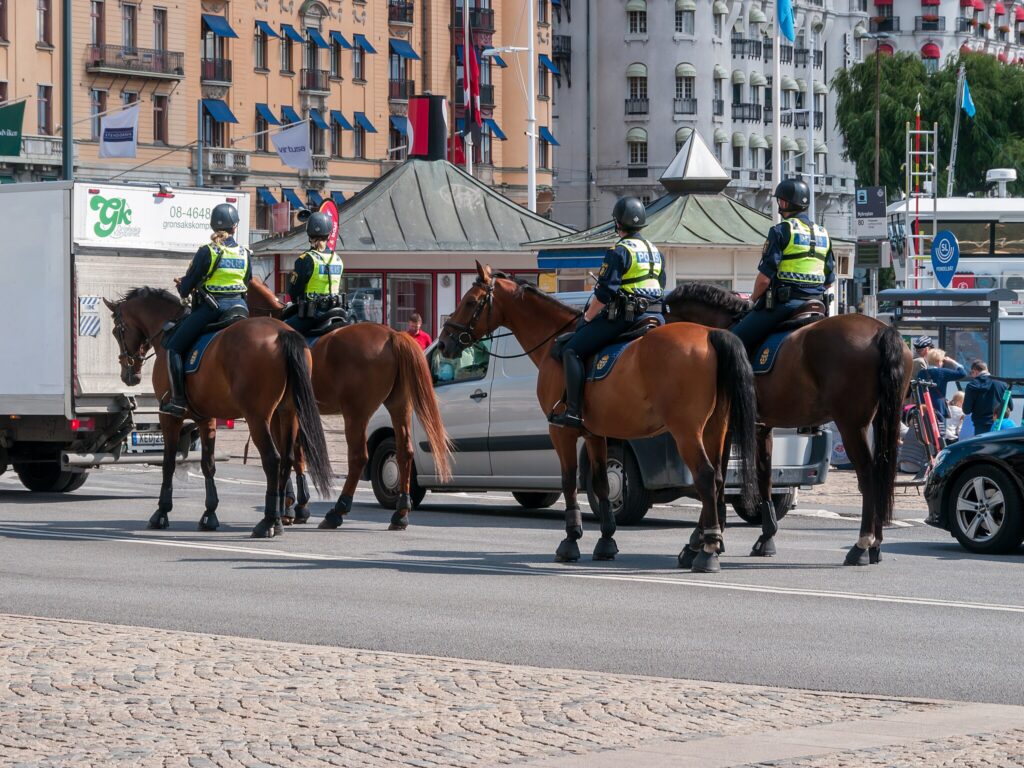Police horses stand as powerful symbols of law enforcement tradition while providing practical advantages in modern policing. These magnificent animals combine strength, intelligence, and a calm temperament to serve alongside human officers in crowd control, patrol, and community relations. While many breeds can potentially serve in mounted units, certain types have proven particularly well-suited for the unique demands of police work. These specialized equine partners undergo rigorous selection and training to ensure they can handle the unpredictable nature of urban environments, large gatherings, and potentially volatile situations. From historic European warhorses to American-bred workhorses, the following breeds represent the backbone of mounted police units worldwide.
The Percheron: Power and Presence
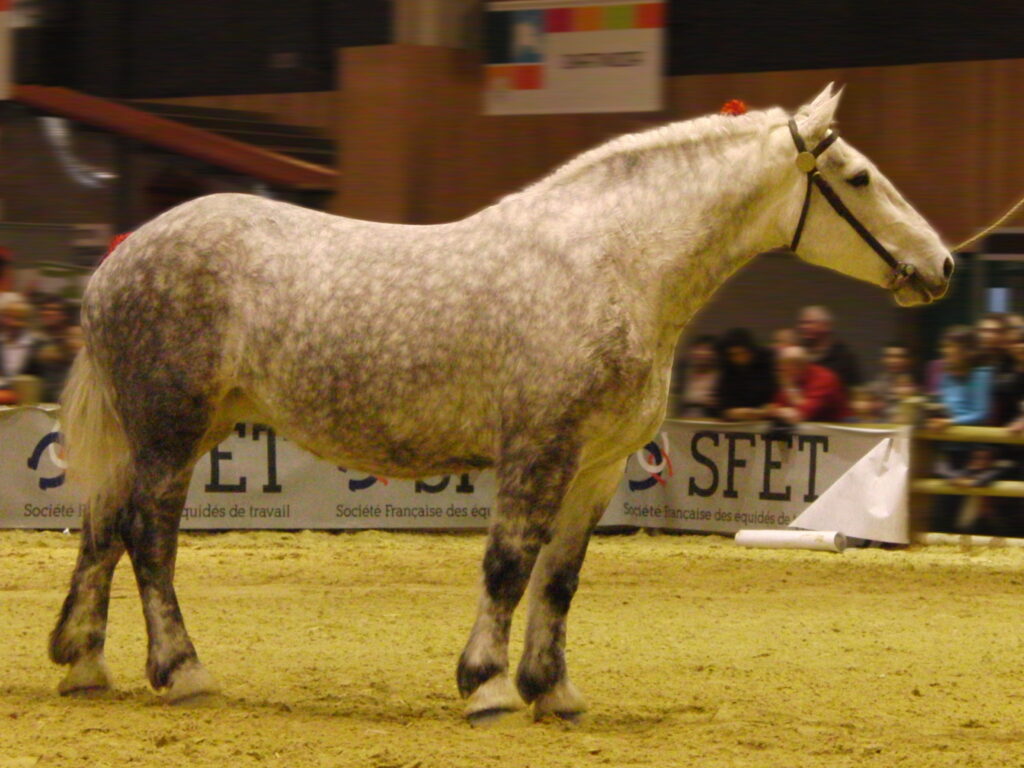
Percherons, with their French draft horse heritage, bring impressive size and strength to mounted police units while maintaining a surprisingly gentle disposition. Standing between 16 and 17 hands high (64-68 inches at the shoulder) and weighing 1,800-2,300 pounds, these massive horses command immediate respect and attention in crowd situations. Their coal-black or dappled gray coats further enhance their imposing presence, making them ideal for ceremonial functions and riot control. Perhaps most importantly, Percherons typically possess an exceptionally calm temperament even amid chaos, a critical trait when officers must maintain control in unpredictable urban environments. The breed’s historical background as medieval warhorses and later as artillery pullers in both World Wars established their reliability under pressure, making them natural candidates for modern police work.
Thoroughbreds: Speed and Agility
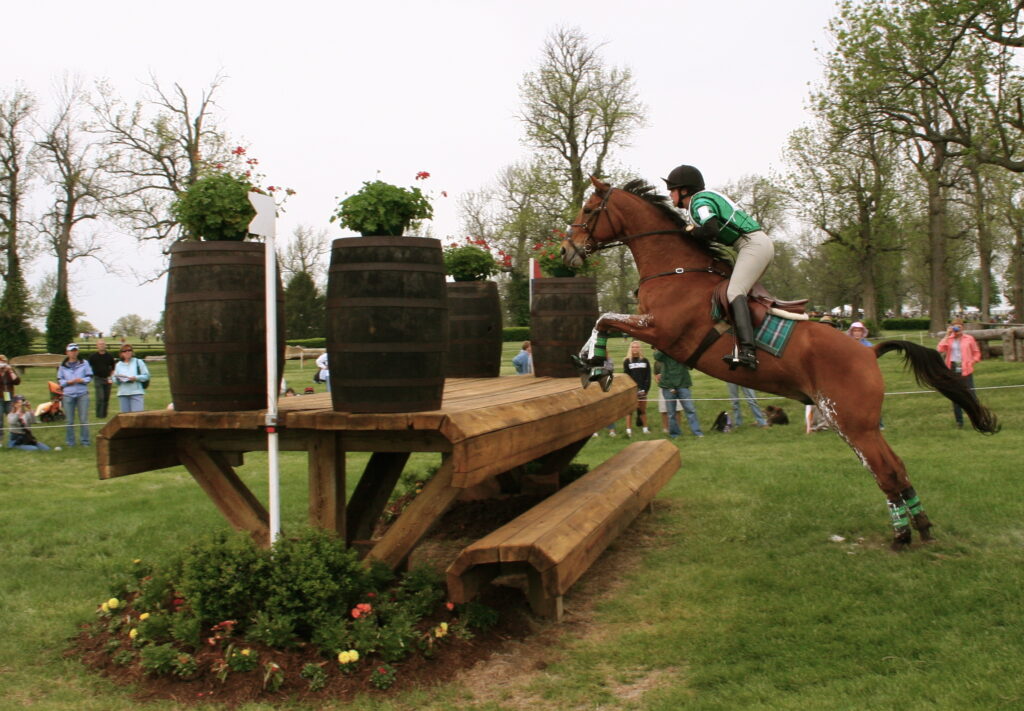
While primarily known for racing, Thoroughbreds with the right temperament make excellent police mounts in certain situations requiring speed and athleticism. These horses typically stand 16-17 hands tall with lean, muscular builds that allow for rapid deployment and pursuit capabilities in urban parks or open areas. Their intelligence and responsiveness to subtle rider cues prove particularly valuable during precise maneuvers required in crowd management or ceremonial formations. Many police departments specifically seek retired racehorses or those who didn’t quite meet racing standards but demonstrate the calm temperament necessary for police work. The New York Police Department’s mounted unit has historically incorporated numerous Thoroughbreds, valuing their combination of imposing presence and quick reaction time when needed.
Quarter Horses: Versatility Champions
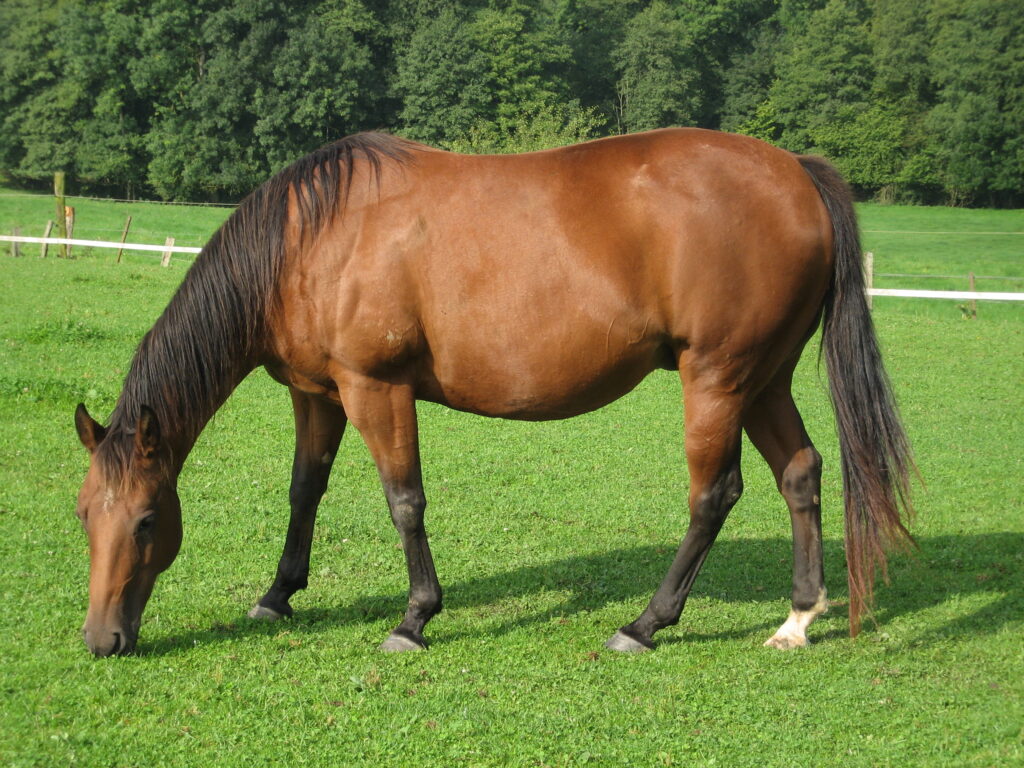
American Quarter Horses represent one of the most versatile breeds employed by mounted police units, particularly in the United States. Their natural “cow sense” translates remarkably well to police work, giving them an intuitive ability to anticipate movements and maintain position relative to crowds or individuals. Standing typically between 14.3 and 16 hands high, Quarter Horses offer a more compact but powerfully muscled build that proves ideal for navigating tight urban spaces while still presenting an authoritative presence. Their renowned level-headedness and adaptability allow them to transition seamlessly between patrol duties, crowd control, search operations, and community relations events. The breed’s sprinting ability—capable of quarter-mile bursts of speed that outpace most other horses—provides tactical advantages during pursuits or rapid deployment situations.
Warmbloods: The European Standards
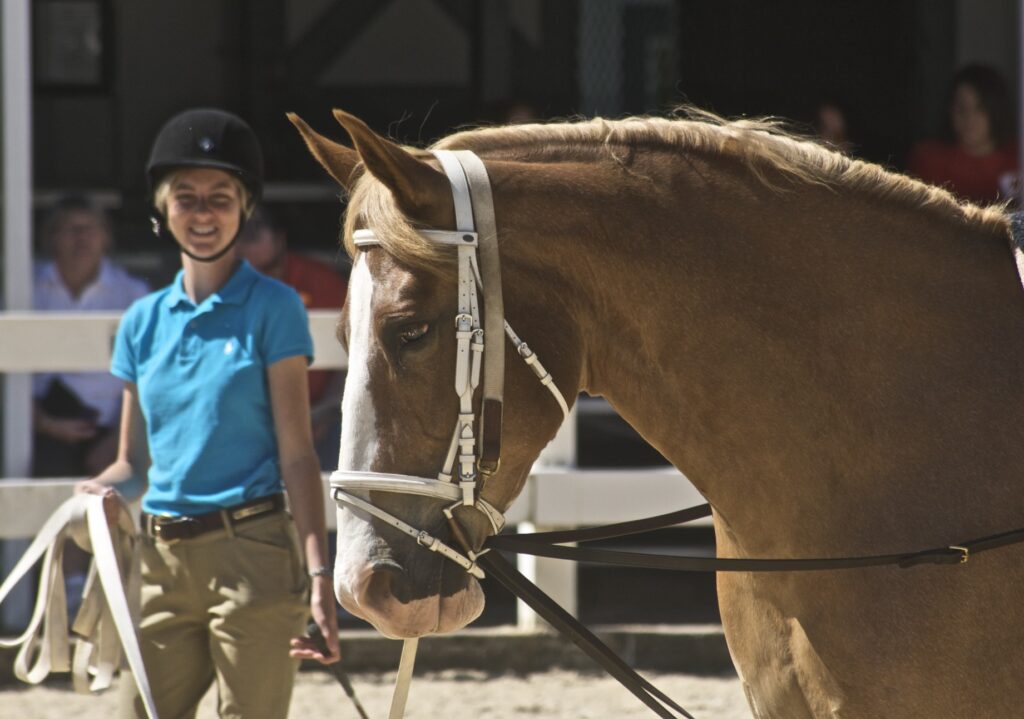
Various European warmblood breeds, including Hanoverians, Holsteiners, and Dutch Warmbloods, form the backbone of many European mounted police units and are increasingly popular in American departments. These breeds represent a middle ground between heavier draft horses and lighter riding horses, typically standing 16-17 hands with substantial bone structure and athletic ability. Their careful breeding programs emphasize temperament alongside physical attributes, producing horses with the mental stability to handle urban stressors like traffic, crowds, and unexpected noises. Many police departments particularly value their smooth, comfortable gaits that allow officers to remain mounted for long periods without excessive fatigue. The London Metropolitan Police’s mounted branch has traditionally favored Irish Sport Horses and similar warmblood crosses for their combination of substance and maneuverability in the city’s complex urban environment.
Clydesdales: Gentle Giants
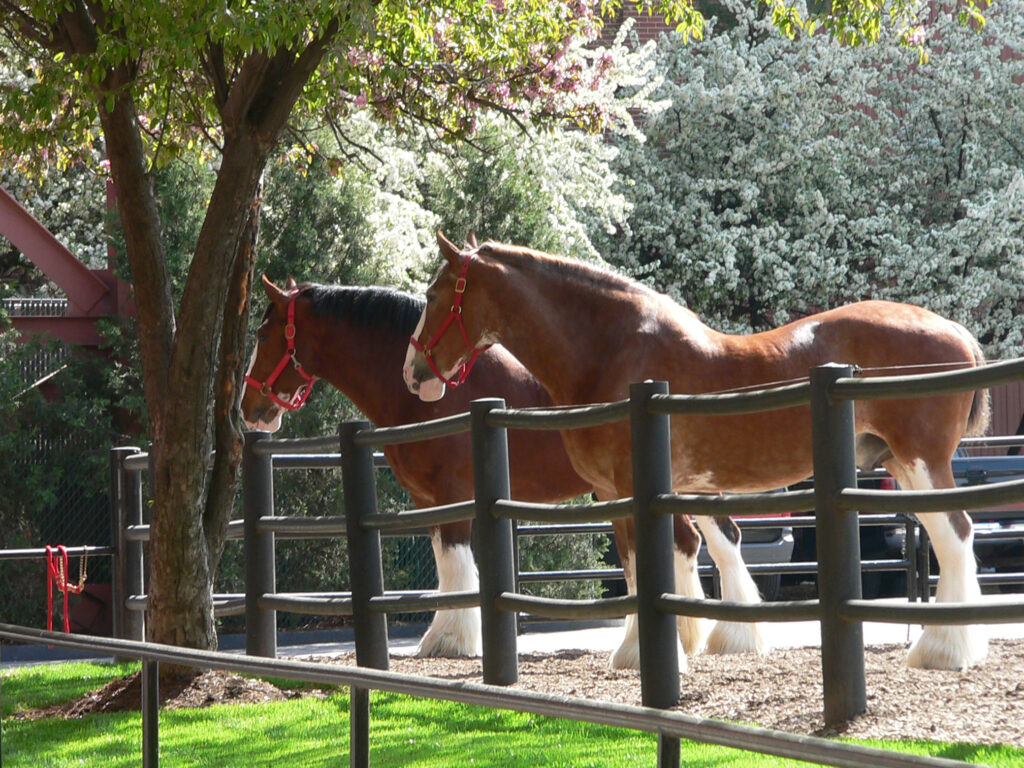
The iconic Clydesdale, while less common than some other police mounts, brings unmatched presence and visibility to specialized mounted units in several major cities. These magnificent Scottish draft horses stand 16-18 hands high with distinctive feathering (long hair) on their lower legs and often sport flashy white markings that enhance their visual impact during parades and ceremonial functions. Their naturally calm, people-oriented temperaments make them exceptional ambassadors for community policing initiatives despite their intimidating size. Clydesdales possess remarkable patience and steadiness, qualities that prove invaluable during extended crowd control situations where maintaining position without agitation becomes critical. Several Canadian mounted police units have successfully employed Clydesdales, finding that their impressive appearance actually helps de-escalate tensions in crowd situations through their psychological impact.
Appaloosas: Distinctive and Dependable
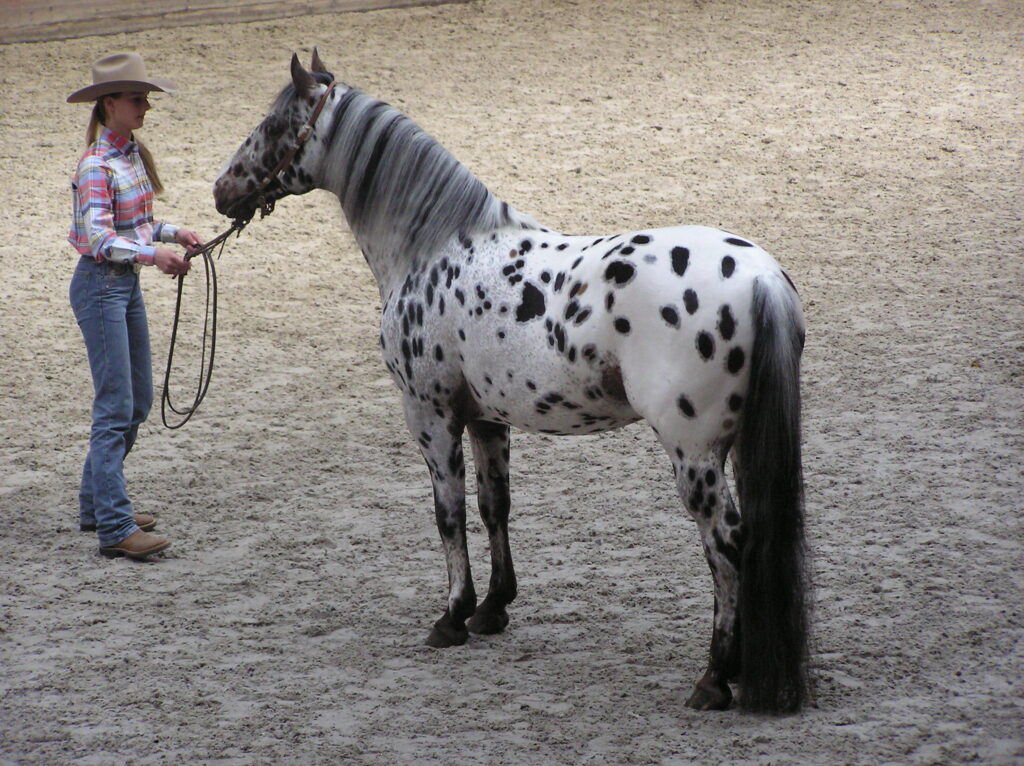
With their spotted coats and distinctive appearance, Appaloosas serve dual functions in mounted police work: practical patrol duties and public relations ambassadors. Originally bred by the Nez Perce tribe for both war and hunting, these horses typically possess natural courage and level-headedness that transfers effectively to modern police environments. Standing 14.2-16 hands high, Appaloosas combine compact maneuverability with sufficient substance to maintain presence in crowd situations. Their distinctive spotted patterns make them instantly recognizable to the public, creating excellent conversation starters during community engagement events and improving general police visibility during patrols. Several western American police departments particularly value Appaloosas for their sure-footedness in varied terrain and natural hardiness in extreme weather conditions.
Belgian Draft Horses: Unwavering Stability
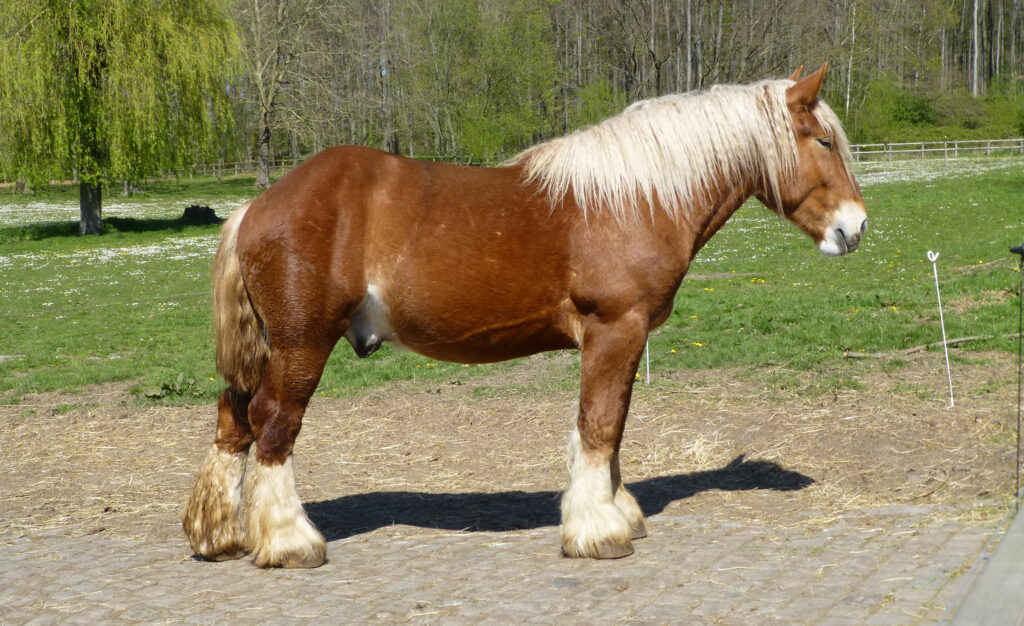
Belgian draft horses represent some of the most powerful equines employed in police work, bringing unmatched physical presence and unflappable temperaments to mounted units. Typically chestnut with flaxen manes and tails, these massive animals stand 16-17 hands high and can weigh up to 2,200 pounds, creating an imposing barrier during crowd control operations. Their historical development as farm workhorses instilled remarkable patience and willingness to stand quietly for extended periods—qualities that prove invaluable during long deployments at public events or demonstrations. Despite their size, well-trained Belgians display surprising agility and responsiveness to subtle rider cues, allowing officers precise control in complex situations. Several major metropolitan police departments maintain Belgians specifically for riot control capabilities, finding that their sheer physical presence often prevents confrontations before they begin.
Standardbreds: Endurance Specialists
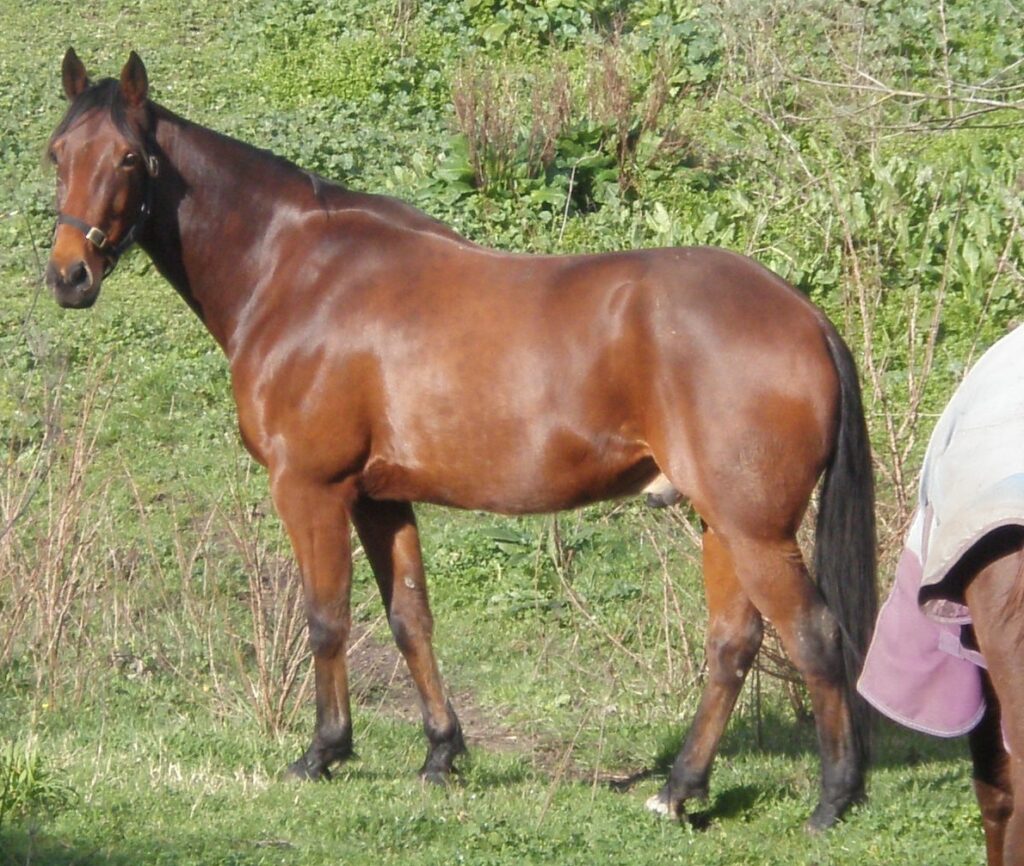
Former harness racing Standardbreds frequently find second careers in police mounted units, where their exceptional endurance and steady temperaments serve public safety needs. These horses typically stand 15-16 hands high with substantial bone structure and natural soundness that allows them to withstand the physical demands of patrolling hard urban surfaces for extended periods. Their racing background instills comfort with crowds, noise, and activity—environmental factors that might unsettle less experienced horses. Standardbreds often possess naturally smooth gaits, particularly the pace or trot, making them comfortable mounts for officers during long patrol shifts through city streets. Police departments frequently acquire retired Standardbred racers through specialized adoption programs, providing these horses meaningful second careers while obtaining well-socialized mounts at reasonable costs.
Irish Draughts and Irish Sport Horses: Balanced Versatility
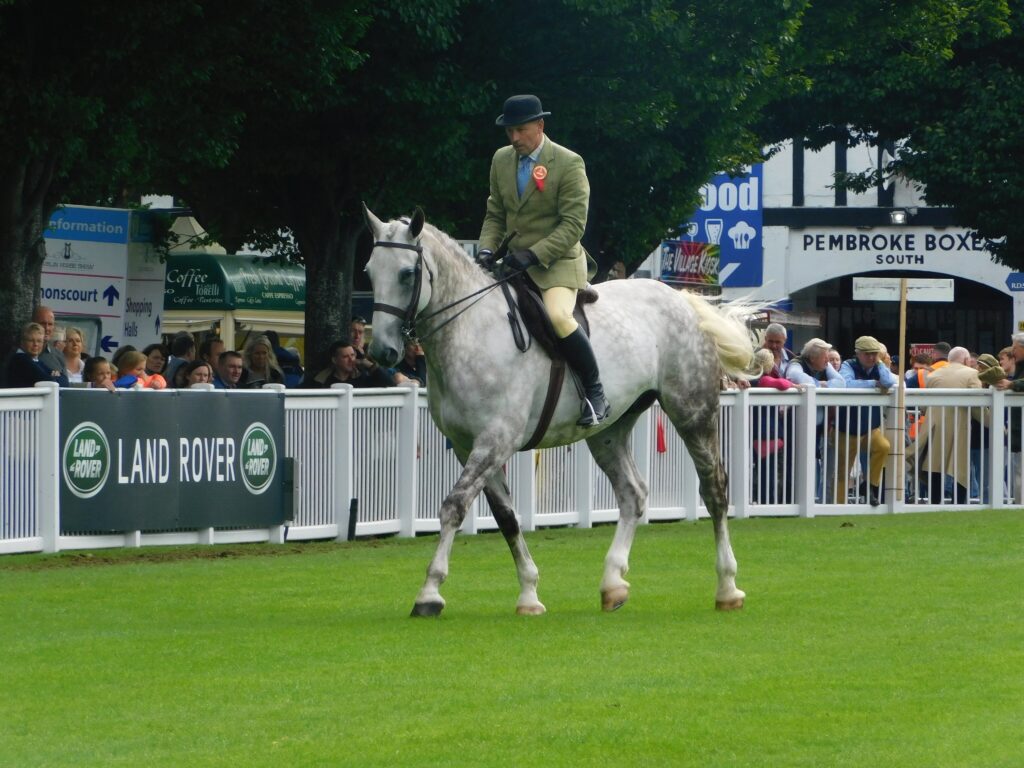
Irish Draught horses and their Thoroughbred crosses (Irish Sport Horses) have become increasingly popular choices for mounted police units worldwide due to their exceptional combination of strength, agility, and sensible temperaments. Standing typically 15.3-16.3 hands high, these horses possess sufficient bone and substance to present authority while maintaining the athletic ability for rapid deployment when necessary. The Irish Draught’s historical development as a farm horse that could work all week and hunt on weekends created a remarkably versatile animal with natural courage and level-headedness. Many European mounted police units, particularly in the United Kingdom, favor these Irish breeds for their characteristic “fifth leg”—an uncanny ability to maintain balance on varied terrain or during unexpected movements. The London Metropolitan Police’s mounted branch has long favored Irish-bred horses, finding they adapt particularly well to the unpredictable nature of urban policing.
Andalusians and Lusitanos: Precision and Control
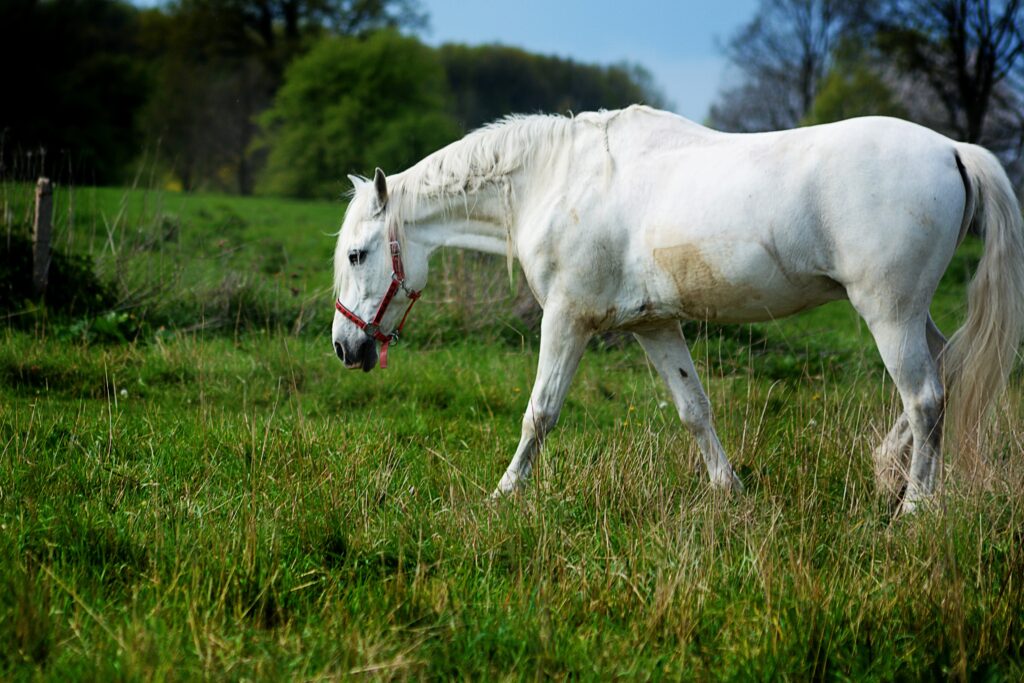
The Spanish Andalusian and Portuguese Lusitano, closely related Iberian breeds, bring centuries of classical training tradition to specialized mounted police units, particularly in Europe and South America. These compact yet powerful horses typically stand 15.2-16.2 hands high with distinctive arched necks and flowing manes that create a memorable impression during ceremonial functions. Their historical development for classical dressage and historical warfare instilled exceptional responsiveness to subtle rider cues—allowing officers precise control during complex crowd management maneuvers. Perhaps most valuable is these breeds’ natural collection and balance, enabling tight turns and lateral movements without losing composure in confined urban spaces. Several Spanish and Portuguese police forces exclusively use these native breeds, building on centuries of tradition where these horses served as the original police mounts during medieval and Renaissance periods.
Shires and Suffolk Punches: Traditional British Mounts
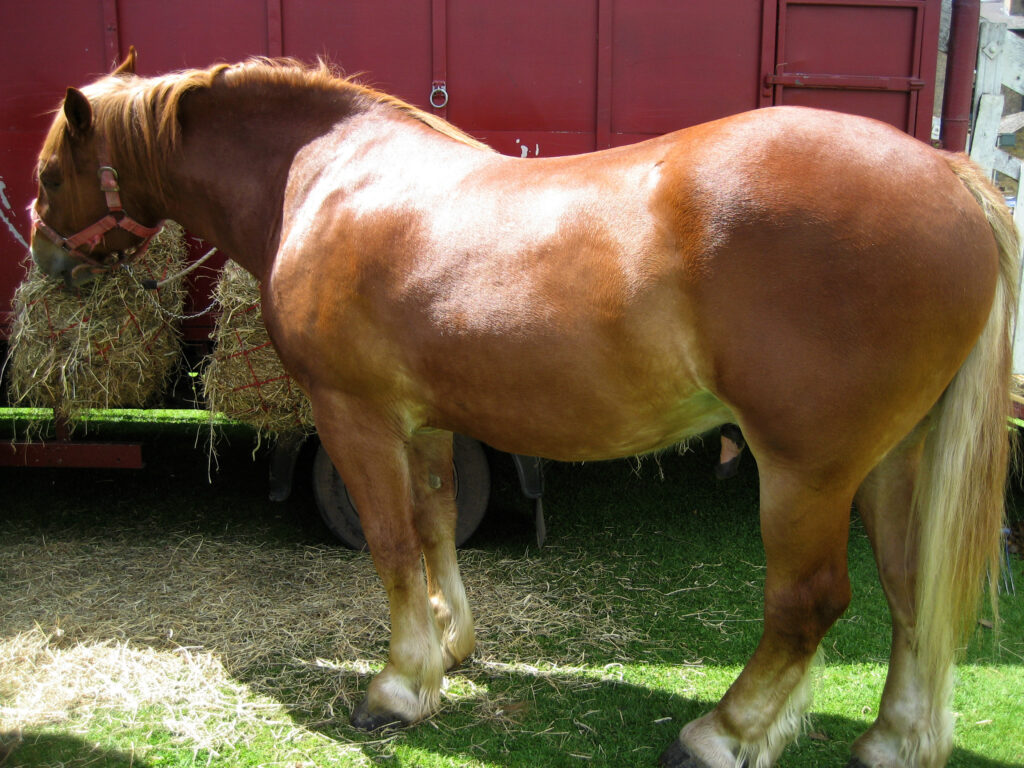
British police forces have historically relied on native draft breeds like the massive Shire and the more compact Suffolk Punch, continuing this tradition in modern mounted units. Shire horses, potentially reaching 18 hands high and weighing over 2,200 pounds, create an unmistakable presence during ceremonial duties and major public events, their black, bay, or gray coats often featuring distinctive white feathering on their lower legs. Suffolk Punches, while smaller at 16-17 hands, offer exceptional strength in a more compact package, their chestnut coats presenting a unified appearance in formation. Both breeds share the characteristic British draft horse temperament: unflappable patience combined with willing work ethic and natural affinity for human direction. The Greater Manchester Police and several other UK forces maintain these traditional breeds not only for their practical policing capabilities but also as living connections to British heritage and tradition.
Specialized Training Requirements
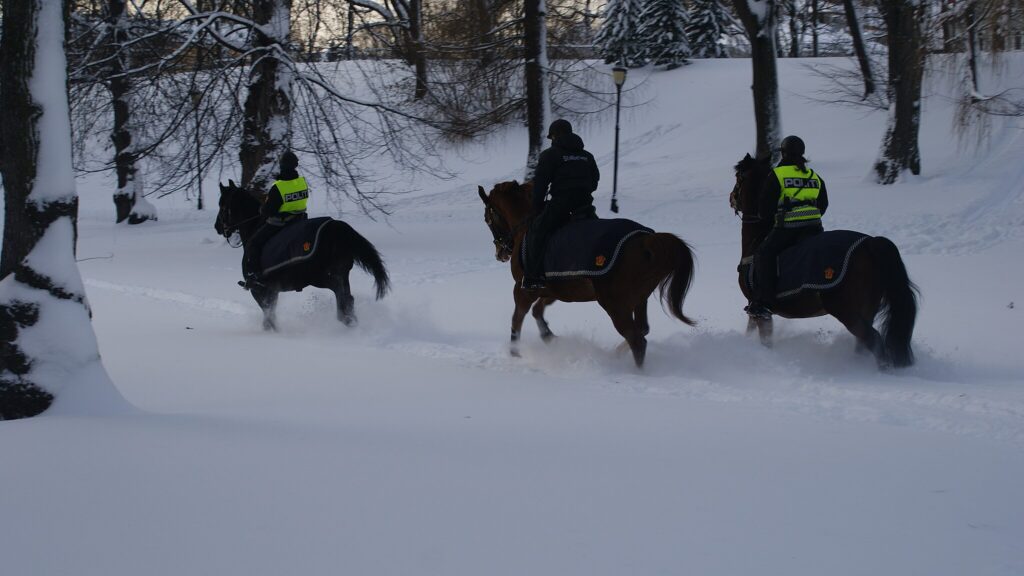
Regardless of breed, all police horses undergo extensive specialized training that typically lasts 1-2 years before full deployment, focusing on desensitization to urban stimuli and precise response to officer commands. Training protocols systematically expose horses to potentially frightening stimuli—flashing lights, sirens, smoke, loud noises, and unfamiliar objects—gradually building their confidence through positive reinforcement techniques. Officers work to develop horses that respond primarily to weight and leg cues rather than rein pressure, allowing the rider’s hands to remain free for other police functions when necessary. Advanced training includes specialized formations for crowd control, techniques for creating moving barriers, and tactical positioning to protect both the public and fellow officers. The most successful police mounts ultimately develop an almost partnership-like relationship with their assigned officers, learning to trust their human counterparts’ judgment in chaotic situations.
The Future of Mounted Police Units
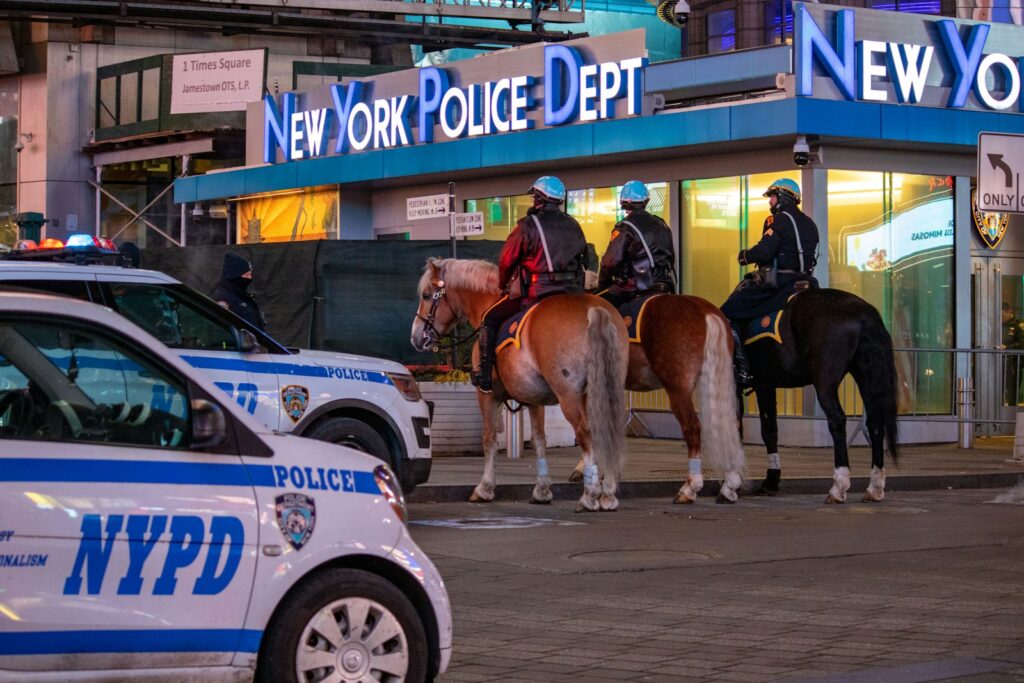
While technology continues to transform many aspects of policing, mounted units maintain relevance through their unique capabilities that cannot be replicated by mechanical alternatives. Modern mounted units increasingly focus on selecting horses with appropriate temperaments first, considering breed characteristics as secondary factors in the evaluation process. Some departments have developed cooperative breeding programs with agricultural universities to develop horses specifically suited for police work, emphasizing calm temperament, structural soundness, and trainability above conventional breed standards. Climate change considerations have led some units in extreme weather regions to reconsider traditional breed selections, seeking horses naturally adapted to hotter conditions or developing specialized care protocols. Regardless of evolving selection criteria, mounted police units worldwide continue to value these magnificent animals not only for their practical capabilities but also for their irreplaceable role in connecting law enforcement positively with the communities they serve.
Conclusion
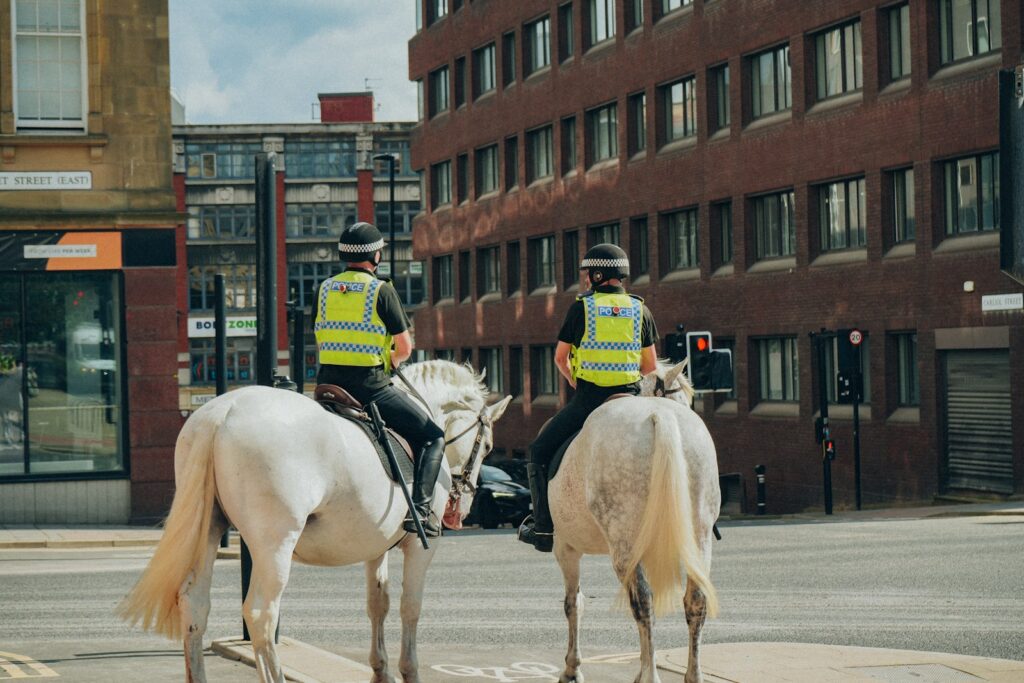
The selection of police horse breeds represents a careful balance between practical operational requirements and the unique challenges of urban law enforcement environments. While imposing draft breeds like Percherons, Belgians, and Shires bring unmatched presence to crowd control situations, more athletic breeds such as Thoroughbreds, Quarter Horses and Warmbloods offer agility and responsiveness for patrol work. The ideal police mount ultimately combines physical capabilities with the exceptional temperament needed to remain calm amid urban chaos. As mounted police units continue evolving to meet contemporary challenges, they maintain their effectiveness through careful breed selection and specialized training programs that build upon centuries of human-equine partnership in public service.

